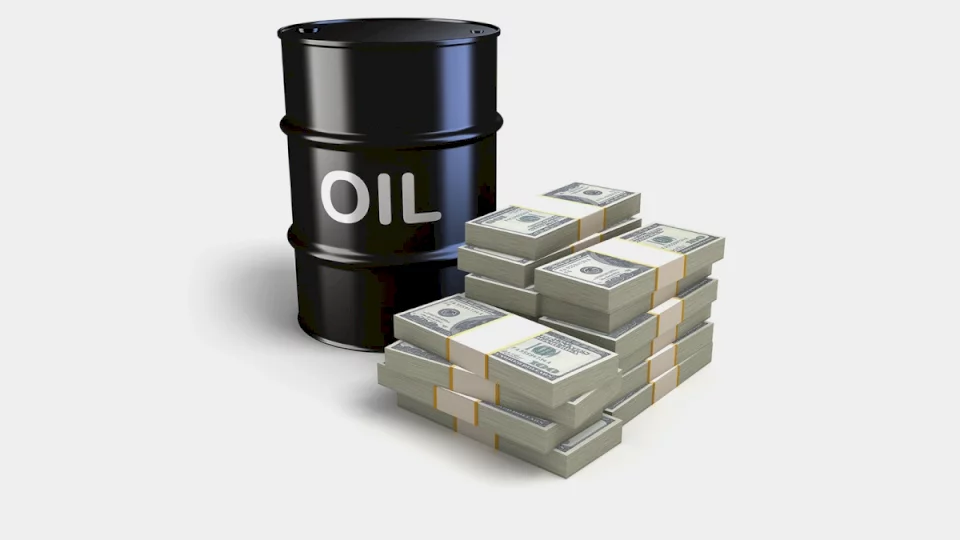
Oil Prices Fall as Attention Shifts to Oversupply Concerns
SadaNews - Oil prices dropped after a three-day rally as negative forecasts overshadowed fears of potential supply disruptions due to geopolitical tensions.
The price of West Texas Intermediate crude fell 2% to settle below $63 per barrel, after the International Energy Agency indicated it expects a record surplus in supply next year with the "OPEC+" alliance continuing to restore production and increasing supplies from outside the group. At the same time, U.S. economic data showed a rise in unemployment claims, heightening concerns about weakness in the labor market of the world's largest economy.
The decline follows three days of gains driven by tensions in the Middle East and Europe, where U.S. President Donald Trump criticized the Israeli assault in Qatar and Russia's incursions into Polish airspace. His tweet on social media on Wednesday briefly pushed futures prices higher as investors sought to cover short positions.
Oil traders are trying to navigate between geopolitical risks and concerns over increasing supply, which has kept prices trapped in a sideways range of about $62 to $67 per barrel since early August.
Concerns over supply surplus are pressuring the market
Torell Busoni, head of oil markets at the International Energy Agency, stated in an interview with Bloomberg Television: "On one hand, we have this surplus building in the market, but we also see risks to supply."
The International Energy Agency's forecasts come days after the U.S. Energy Information Administration, one of the key specialized agencies, announced that the supply glut has already begun, with expectations for rising inventories during the current quarter.
Trump also informed EU officials of his readiness to impose new tariffs on India and China, the largest buyers of Russian oil, in an attempt to push the Kremlin to negotiate with Ukraine, but only on the condition that EU countries take the same step. So far, Trump has only targeted India in the trade file.
While most of the build-up in oil inventories this year has been away from major pricing centers, Wednesday's data showed the largest increase in U.S. crude and petroleum product inventories since summer 2023, which could pressure prices if it continues.
Analysts at Citigroup noted in a memo that the market is caught between "a tug-of-war between increasingly bleak fundamentals and escalating geopolitical risks." The bank reiterated its forecast for Brent crude prices to fall to levels near the $60 per barrel range by the end of the year, extending into 2026.

US sanctions may force Venezuela to close oil wells within days

Oil Prices Continue to Rise Amid Escalating Geopolitical Tensions

Gold prices near $4330 an ounce

Economist: Digital Currencies Compete with Banks for Financial Dominance

Saudi Arabia Cancels Financial Fees for Expat Workers in Industrial Facilities

Oil Prices Rebound After Trump's Escalation Against Venezuela

Gold prices approach $4,335 per ounce
